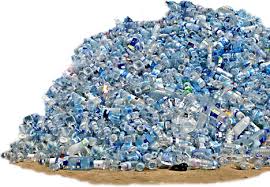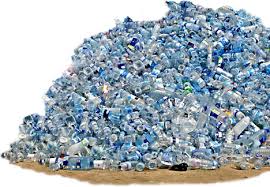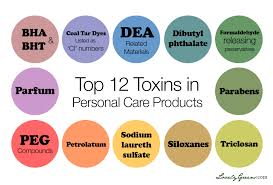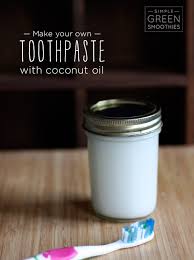On the dark highway, the car showroom glows with a light spectacle in the night. People are returning from their offices, tired, stuck in the huge traffic jam. The line is longer than 2 kilometres on both ways. I see the passengers; most of them are sitting alone in their cars, playing their favourite music or talking on the phone. Some faces are without expressions, some are angry. Most of the drivers’ honk, hoping it will help them to move on.
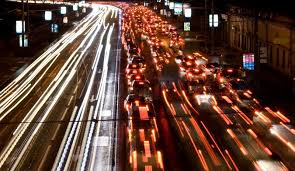
Indians discovered in cars everything that other Nations did – control and freedom, privacy and privilege, speed and status. Cars have to be bigger, better and fast. India has become one of the world′s fastest-growing car markets, with about a million cars sold each year.
On the other hand, car revolution In India has brought even bigger changes. This society was in past more about duty and dharma then drive, more about responsibilities to others then realization of individual desire.
India becomes a perfect car market. Purchasing a car is definitely a way to show off your social status or at least to travel comfortably with some privacy. Maybe the main problem lies in the public transportation. Government is trying to increase frequencies and connections of buses and metros and improve autos and cabs transport. Government worked a lot on safety of women while travelling as well. I believe a lot has been done, but still not enough. In a city like Delhi with 16 million people, transportation is always extremely hectic. Metro, buses are extremely full, roads are packed.

But roads are packed because of uneconomical, unsustainable and rules–free driving. In most of the cars, usually there is only one person sitting and driving in a wrong direction is quite a standard. India has already one of the highest accidents rates, with more than 80,000 traffic related deaths per year.
The urban planning is adjusting traffic requirements. The rise of cars and the investment in highways is bringing larger trend of privatization in Indian life in which those “win” who can afford to pay for services the government does not provide: efficient transport, clean water, good schools, and decent health care.
The global environmental consequences of millions of cars on the roads every day are terrifying. In Delhi, on its first car-free day it was noted almost 60% reduction in air pollution. That clearly shows that traffic is a major culprit. Recent studies done by IIT Delhi reflect that is not the number of old vehicles on the roads which is to blamed, rather the number of total vehicles in Delhi roads every day. The emissions take place within our breathing zone which is even more harmful for our health than emissions from industry plants.
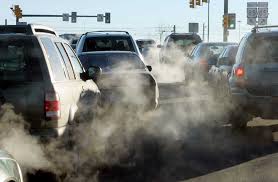
If we continue in the same way – we will be forced to leave the city because it won’t be possible to breath.
Asian brown cloud is a layer of air pollution that recurrently covers parts of South Asia. The sun barely illuminates the city, smog hangs low. Even indoors, fuzzy, halos of dust and smoke surround lamps. Those foolish enough to go out for jogging often complain of shortness of breath, migraines, and clogged lungs. Newspapers are full with articles about asthma, wheezing children at clinics and an epidemic of grumpiness. Here statistics are not really needed – just rub your skin with your fingers after a short walk outside and you will see black smudges on your fingers.

We are all seeking for a better, more simple and comfortable lifestyle. Maybe cars brought us that. We are able to travel 100 of miles and transportation become so much easier. Despite of that, in the cities, cars only created chaos, differences, pollution and many inpatient drivers stuck in the traffic jam.
We need proper monitoring, many improvements and different mindset. Interestingly, the rich and poor can hardly breathe different air – that means that everyone should have a strong interest in doing something to improve this matter. Delhi is gasping for a change.
Katja Polc
Member of Vatavaran team




